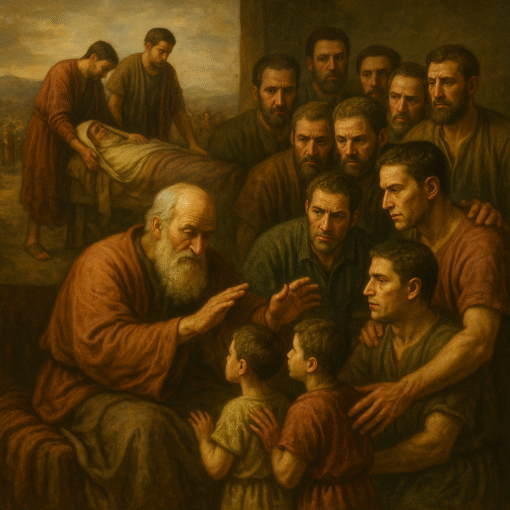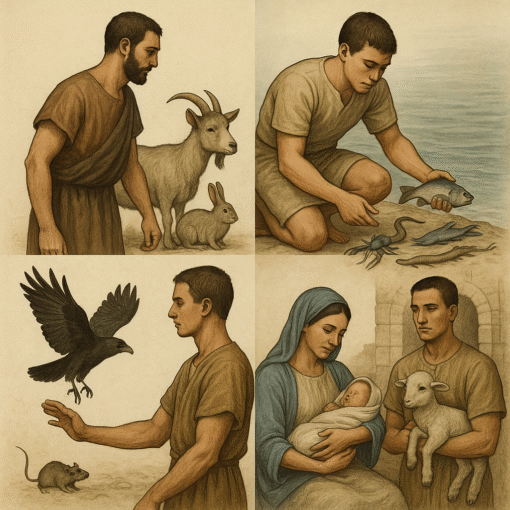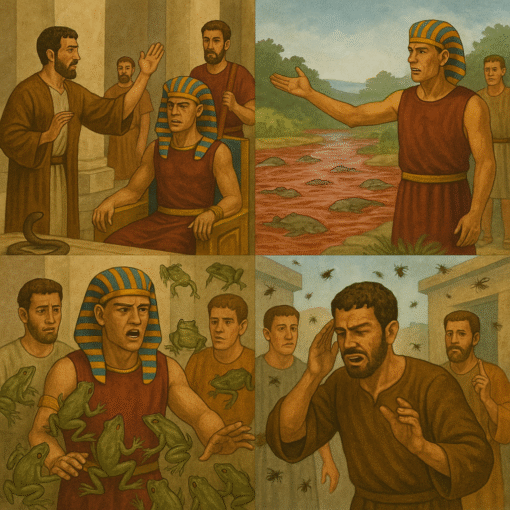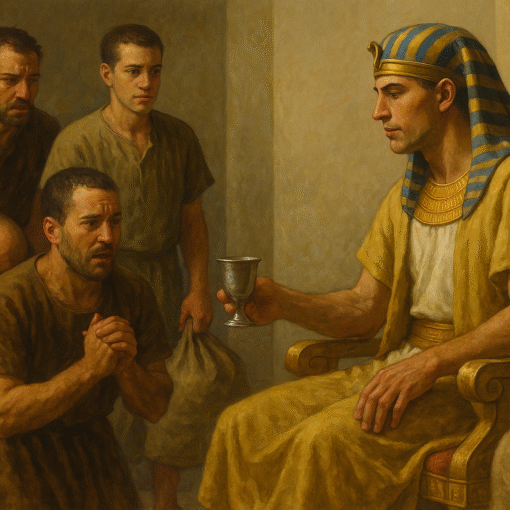Chapter 14 – Cleansing of Leprosy
-
Ritual for Cleansing a Leper:
When a leper was healed, he had to go through a detailed cleansing ceremony. This involved:-
Two birds, cedar wood, scarlet, and hyssop. One bird was killed over running water, the other dipped in the blood and released alive.
-
The healed person washed, shaved, and bathed before being pronounced clean.
-
-
Sacrifices:
Offerings were required: a trespass offering, sin offering, burnt offering, and grain offering.
The blood of the trespass offering and the oil were applied to the ear, thumb, and toe of the cleansed person (symbolizing obedience, service, and walk). -
Poor Provision:
If the person was poor, God made allowances for smaller or less costly offerings. -
Cleansing of a House:
Houses with leprous-like mold or plague had to be inspected by a priest. If the infection spread, stones were removed; if persistent, the house was destroyed. Otherwise, the house could be cleansed with a ritual similar to that of a healed leper.
Chapter 15 – Laws of Bodily Discharges
-
Laws on Male Discharges:
Men with abnormal discharges were considered unclean; anything they touched was unclean.
Even normal emissions (such as seminal discharge) required bathing and temporary uncleanness until evening. -
Laws on Female Discharges:
Women in their menstrual cycle were unclean seven days. Whoever touched them or what they touched was unclean.
Abnormal, extended bleeding also required purification rituals similar to those of leprosy. -
Purpose of These Laws:
God set these regulations to keep Israel ceremonially clean and separate, teaching holiness in daily life and worship, and illustrating how sin defiles.
? Theme:
Leviticus 14–15 emphasizes cleansing, holiness, and separation from impurity. The detailed rituals symbolized God’s concern with both physical and spiritual purity, pointing ahead to the cleansing available in Christ.



